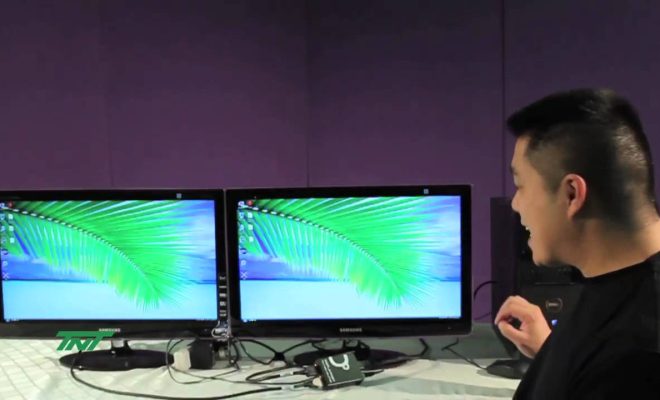Latest Windows Service Packs and Updates

As the world’s most ubiquitous operating system, Windows is constantly evolving, with new features and enhancements being added on a regular basis. However, not all updates are created equal, and knowing which ones to install can be a daunting task.
Fortunately, Microsoft has made it easier than ever to stay up to date with the latest Windows service packs and updates. These updates are designed to fix bugs, patch security vulnerabilities, and improve overall performance, ensuring that your machine is always running at its best.
The most recent service pack, Windows 10 21H1, was released in May 2021. This update is focused primarily on improving the user experience, with enhancements to performance, security, and quality. Notable features include streamlined Windows Hello PIN reset, improved support for multi-camera setups, and overall UI improvements.
Other past service packs for Windows 10 include 20H2, which was released in October 2020 and focused on improving performance, stability, and the overall user experience. It also added new features such as the ability to change refresh rates for display settings, a taskbar widget for Microsoft Edge, and improved tablet mode settings.
Another significant service pack was Windows 10 May 2020 Update (version 2004), which introduced a range of new features including Cloud Clipboard, Windows Subsystem for Linux 2, and enhancements to the File Explorer search bar.
In addition to service packs, Microsoft also regularly releases updates for Windows, known as “cumulative updates.” These updates are smaller than service packs but still important, with the aim of improving overall system performance and patching security vulnerabilities.
For example, the most recent cumulative update for Windows 10, KB5003214, was released in May 2021 and addressed several issues, including a bug that caused the system to crash when a user attempted to print from certain applications.
Keeping your system up to date with the latest service packs and updates is essential for ensuring optimal system performance and security. Microsoft has made it easier than ever to stay up to date, with most updates being automatically downloaded and installed through Windows Update.
However, if you prefer to manually download and install updates, you can do so by visiting the Microsoft Update Catalog website. From there, you can search for and download the specific service packs and updates you require.
In summary, Windows service packs and updates are critical for maintaining the performance and security of your system. By staying up to date with the latest releases, you can ensure that your machine is running at its best and avoid potential security risks. So, don’t forget to keep your system updated and enjoy the latest features and enhancements that Microsoft has to offer.






